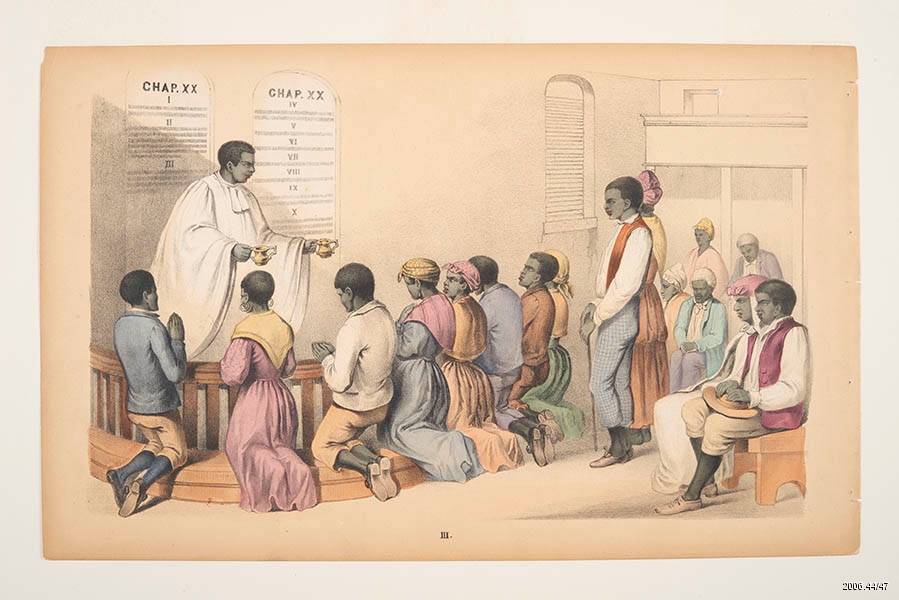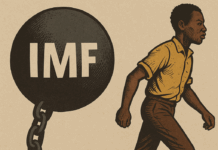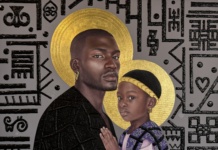
Britain’s First West African Colony
By Iyamide Thomas – This week marks 59 years since Sierra Leone achieved its independence from Britain on 27 April 1961 and subsequently became a member of the Commonwealth. It is most probable that Britain’s first contact with the country which became known as ‘Sierra Leone’ was in 1562 when Sir John Hawkins a British slave trader landed there, enslaved and shipped 300 Africans to the British Colonies in America.
John Hawkins made several subsequent trips which were most likely the precursor to what became the triangular Trans-Atlantic Slave Trade. In 1787, the first of four groups of previously enslaved Africans and free peoples were resettled in Sierra Leone by British abolitionists. Just over 400 people known as the ‘Black Poor’ departed from London for what was called ‘the Province of Freedom’.
The colony lasted until December 1789 as disease and hostility between the colonists and indigenous people left only 64 original returnees remaining by 1791. The next group of returnees known as the ‘Nova Scotians’ left Canada in 1792 and were approximately 1200 African-Americans (and their families) who had fought on the side of the British in the American Revolutionary War. They founded ‘Freetown’, effectively what would become the first major British Colony in West Africa.
The corporate body involved in the founding and governing of this second colony was called ‘The Sierra Leone Company’. Two other groups resettled were the Maroons from Jamaica and the ‘Liberated Africans’- enslaved peoples from different parts of Africa freed on the high seas by the British Navy when the slave trade was declared illegal within the British Empire. These four groups and their descendants became known as the ‘Krios’. In 1808, the British Government took over from the Sierra Leone Company when Freetown and its surrounding area became a Crown Colony.
The Krios were a minority ethnic group in Sierra Leone but nonetheless became the educated elite at early educational institutions set up in Freetown by the Church Missionary Society, such as Fourah Bay College founded in1827, the Sierra Leone Grammar School in 1845 and the Annie Walsh Memorial School (formerly The Female Institution) in 1849. This history and heritage of the Krios is showcased at an exhibition currently at the Museum of London Docklands called ‘The Krios of Sierra Leone’.
One theme the curators were particular to include was the resilience of Krios who despite their heinous history of enslavement had risen to become pioneers such as Bishop Adjai Crowther (a Liberated African) who became Africa’s first Anglican Bishop and Dr. Africanus Horton (the son of Liberated Africans) who qualified at King’s College and Edinburgh University as one of West Africa’s first medical doctors. Poet and actress Anni Domingo’s “Ah Go Grap’ which she read at the exhibition launch’ is her pertinent Krio translation of the famous Maya Angelou’s poem ‘Still I Rise’ about the resilience, strength, and beauty that black communities continue to show through hundreds of years of oppression and discrimination. In the line “I am the dream and hope of the slave”Maya Angelou tells of the pain her ancestors went through and those who fought for her chance to be able to pursue her dreams. This left her no choice but to ‘rise’.
Anni says: “I feel that this poem represents our resilience as a people, through the civil war, through the horror of Ebola and now our fear of Covid19. ‘Ah Go Grap’ reminds me that whatever is thrown at us, we will survive, we will rise up. We go grap.”
The Road to Independence
The Krios were initially the favoured subjects of the colonial rulers but as the 20thcentury dawned this changed to a less indulgent attitude towards them by the colonial administration which was now a small part of a vast British Empire. Racism was combined with contempt for those who saw Krios as talented ‘Black English men’ favoured by Europeans. The problem was compounded by the extension of British rule when in 1896 the hinterland of Sierra Leone became a British ‘protectorate’ and other ethnic groups such as Mende and Temne began to acquire education and the aspirations that followed.
The colony and protectorate had separate and different constitutions and political systems, however there was much discord between Krios (whose political power lay in the colony) and non-Krios of the protectorate when proposals were introduced for a single political system between the two. Krio political activists such as I.T.A Wallace-Johnson opposed the proposals as they envisaged the outcome would be a diminishing of political powers for the Krios (who were a minority group), especially as African nationalism grew in the run-up to independence.
However, in 1951 the parties got over their differences and a new constitution was drafted which united legislatures from the protectorate and colony and provided a framework for independence. When the country held a limited election in 1951 and general elections in 1957 Sir. Milton Margai (an educated medical doctor from the protectorate) was appointed as leader of government affairs and subsequently Chief Minister.
It was Margai that led a 24 member all-party multi-ethnic delegation (including Sir Albert Margai, John Karefa-Smart, Hector Bultman, Constance Cummings-John, Etta Harris, Lamina Sankoh, Banja Tejan-Sie, Ella Koblo Gulama, Amadu Wurie, Mohamed Sanusi Mustapha and Eustace H. Taylor Cummings and Governor Sir Maurice Dorman) to a constitutional conference at Lancaster House, London held from 20 April to 4 May 1960 at which Sierra Leone was granted its independence.
The Secretary of State for the Colonies Mr. Ian Macleod said at the final conference session: “By signing this report I am so to speak registering the birth of independent Sierra Leone on 27thApril 1961. This is the great result of our talks. They have been married by friendship and cordiality, while not lacking in frankness and plain speaking. Sierra Leone and Britain have been friends for 150 years. All of us who have taken part in the talks see no reason why as independent states we should not remain close friends for as many years to come”.
Thus in 1961 the ‘crown colony’ and ‘protectorate’ which had been a British Colonial administration became a united country.
Websites to check out
For more information on the ‘Krios of Sierra Leone’ exhibition please go to the following links:
Krios of Sierra Leone’ exhibition
“A Go Grap” by Anni Domingo
Video tour of the exhibition:
Who are the Krios video: https://www.youtube.com/watch?v=_5GThA9n5Ws
About the Language: https://www.youtube.com/watch?v=OB2X19-Mwcs
Key objects in the display: https://www.youtube.com/watch?v=INswr-0qMKQ
Iyamide Thomas, is Historical Researcher for The Krios Dot Com and she also co-curated ‘The Krios of Sierra Leone’ exhibition.
Kindly follow us on twitter:@AfricanVoice2








